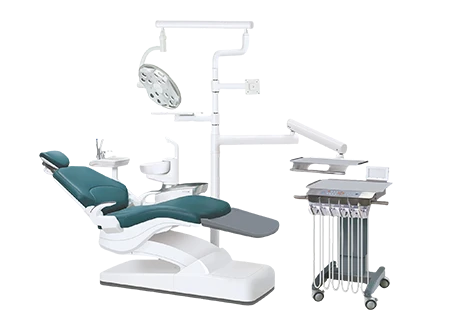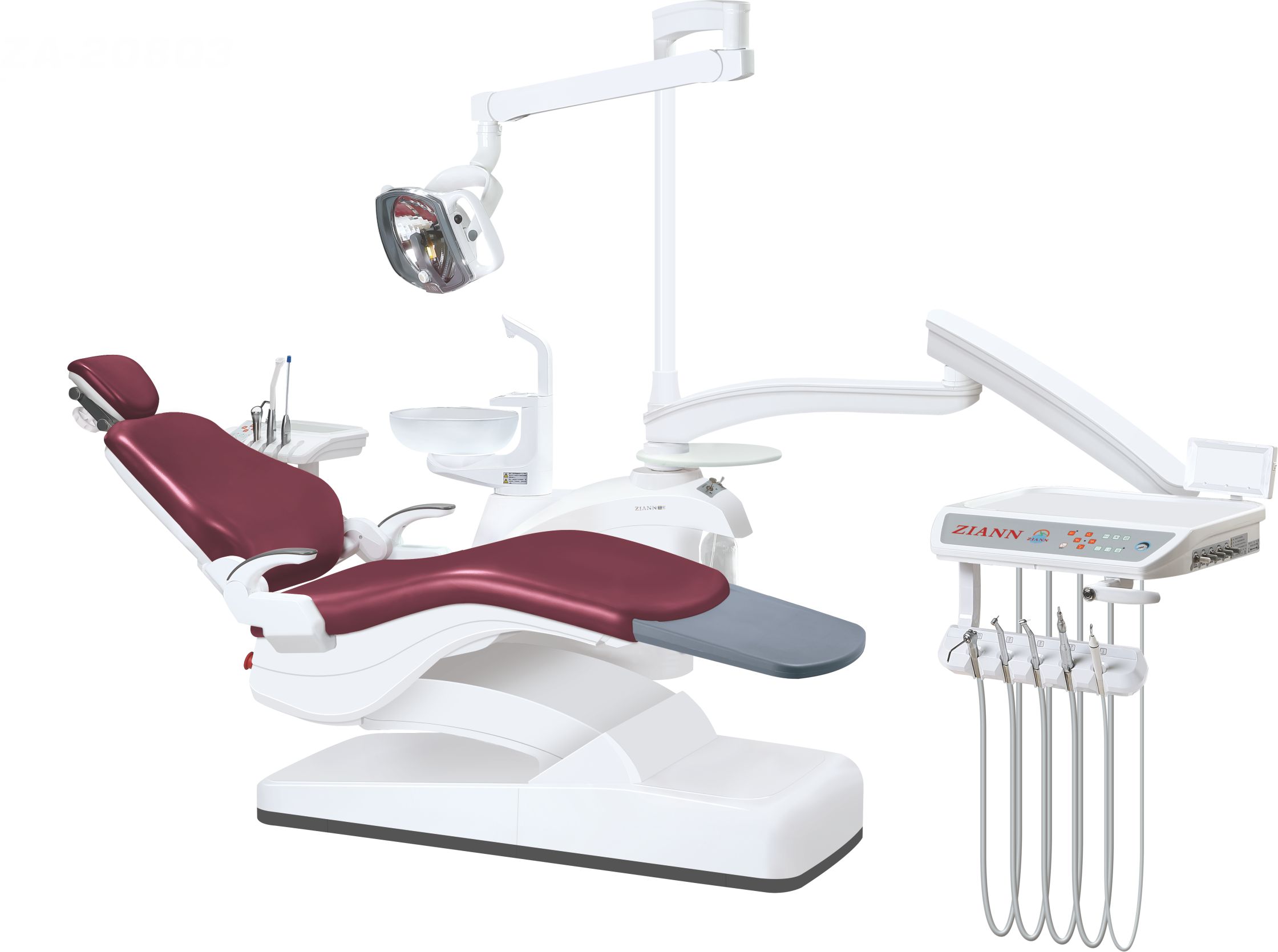Dental implant technology has witnessed remarkable advancements over the years, transforming the field of dentistry and enhancing patient outcomes. Several cutting-edge technologies and innovations are shaping the future of dental implants, offering more precise, durable, and aesthetically pleasing solutions. This article explores some of the most significant advancements in dental implant units.
3D Printing and Customization
One of the most revolutionary technologies in dental implantology is 3D printing. This technology allows for the creation of highly customized implants tailored to the specific anatomical requirements of each patient. By using 3D printing, dentists can design implants that perfectly fit the patient's jaw structure, improving both the precision and the aesthetics of the implant. This customization not only enhances patient comfort but also reduces the overall treatment time and risk of complications.
Advanced Materials: Titanium and Zirconia
The materials used in dental implants have also seen significant advancements. Titanium has long been the material of choice due to its strength and biocompatibility. However, recent developments have introduced new titanium alloys that offer increased strength and flexibility, making implants more durable and resistant to wear. Additionally, zirconia has emerged as a popular alternative, especially for patients seeking metal-free solutions. Zirconia implants are known for their tooth-like color and excellent biocompatibility, making them ideal for visible areas of the mouth.
Digital Imaging and Computer-Assisted Technology
The integration of digital imaging and computer-assisted technology has revolutionized dental implant procedures. Technologies such as 3D cone beam computed tomography (CBCT) provide detailed, three-dimensional images of the jaw, allowing for precise implant placement. This precision minimizes surgical risks and enhances the overall success of the procedure. Furthermore, computer-aided design and manufacturing (CAD/CAM) enable the creation of implants that are not only perfectly fitted but also more efficient in terms of surgery time and recovery.
Smart Implants and Real-Time Monitoring
The development of smart implants equipped with sensors is another groundbreaking advancement. These implants can monitor health metrics such as bone growth and pressure distribution during chewing in real-time. This data allows dentists to customize patient care, ensuring that implants are functioning as intended and making necessary adjustments to treatments. This proactive approach can lead to improved outcomes and reduced risk of complications.
Minimally Invasive Techniques
Minimally invasive techniques are gaining popularity in dental implantology, offering patients quicker recovery times and less discomfort. Techniques such as guided surgery and real-time navigation systems allow for precise implant placement with minimal incisions, reducing the impact on surrounding tissues. These advancements are particularly beneficial for patients with limited bone density, as they allow for the use of smaller implants without compromising stability.
Immediate Loading and Regenerative Techniques
Advancements in implant design and surface technology have paved the way for immediate loading protocols, allowing for the placement of temporary restorations shortly after implant placement. This approach provides patients with functional and aesthetic benefits while promoting bone remodeling and healing. Additionally, regenerative techniques using bioactive materials are being developed to stimulate tissue growth around the implant site, accelerating the healing process and enhancing long-term success.
Robotic and AI-Assisted Implantation
The use of robotic systems and artificial intelligence (AI) in dental implant procedures is an exciting development. Robotics can assist dentists with precise incisions and implant placements, reducing human error and leading to safer, more effective treatments. AI-driven tools aid in planning and executing implant procedures with unprecedented accuracy, offering predictive analytics for optimal implant sizing and placement.
Ultraviolet (UV) Light Technology
A recent breakthrough in dental implant technology involves the use of ultraviolet (UV) light treatment on titanium implants. This technology enhances osseointegration and reduces complications by removing hydrocarbons from implant surfaces, thereby lowering the risk of peri-implantitis. The UV treatment also improves the integration of the implant with the jawbone, leading to faster healing and better long-term outcomes.
Conclusion
The advancements in dental implant technology are paving the way for more effective, efficient, and patient-friendly solutions. From 3D printing and advanced materials to smart implants and robotic assistance, these innovations are transforming the landscape of dental care. As we continue to embrace these technologies, the future of dental implants looks promising, with the potential to significantly improve the quality of life for patients worldwide.






